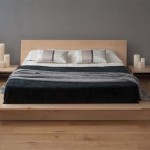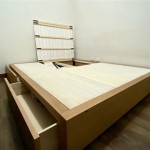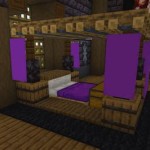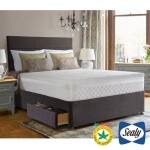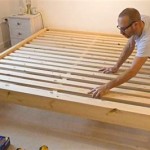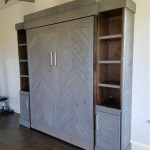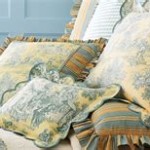How to DIY Bunk Beds: Essential Aspects to Consider
Diy (do-it-yourself) is a verb that means completing a project on your own without the help of professional contractors. Diy can be applied to numerous tasks, including construction or repairs around the house. Bunk beds are a type of bed with two or more levels, typically used in spaces where floor space is limited, such as children's bedrooms. Designing and constructing diy bunk beds involve several considerations to ensure safety, stability, and functionality. Here are the essential aspects to keep in mind when undertaking this project:
The strength and durability of the materials used in the construction of bunk beds are crucial for ensuring the safety of their occupants. The frame and supporting structures should be made of sturdy materials such as solid wood or metal. To provide adequate support, the lumber should be at least 2x4 inches in dimension. Likewise, the plywood or other materials used for the bed platforms should be of sufficient thickness to withstand weight and movement without sagging. Hardware like screws, bolts, and brackets should be appropriately sized and corrosion-resistant to maintain structural integrity.
Creating a design that maximizes space utilization while providing ample room for each sleeper is essential in bunk bed construction. The height between the two beds should be sufficient to allow the bottom bunk occupant to sit up comfortably. Additionally, clearances around the bunk beds, particularly near the top bunk, need to be adequate to prevent feeling cramped or restricted. When designing the ladder or stairs leading to the top bunk, factors like the angle of ascent, step spacing, and handrail placement should be considered for safety and ease of use.
Safety should be a top priority when designing and constructing bunk beds. The top bunk should have guardrails to prevent falls, and they should be of appropriate height and strength to withstand any potential impact or movement. Sturdy bed slats or a solid platform for the top bunk are important to prevent sagging and ensure a stable sleeping surface. All exposed edges and corners should be rounded or covered with edge banding to minimize the risk of injuries. For added safety, consider using non-slip materials on the ladder or steps to prevent slipping.
Practicality and functionality are essential in diy bunk bed construction. Incorporating storage solutions like drawers or shelves into the design can help keep the space organized and clutter-free. If space allows, consider adding a desk or study area beneath the top bunk to create a multifunctional space. When selecting finishes and materials, opt for those that are easy to clean and maintain, especially in a child's room where spills and accidents are common.
The aesthetic appeal of diy bunk beds should not be overlooked. By customizing the design, stain, or paint colors, you can create bunk beds that complement your room decor and personal style. Bunk beds can range from simple and functional to elaborate and imaginative, allowing you to express your creativity while creating a unique sleeping space for your children.

Diy Built In Bunk Beds Lauren Koster Creative

How To Make Diy Built In Bunk Beds Young House Love

Build A Space Saving Diy Triple Bunk Bed With This Complete Guide Tidy Mo

17 Creative Diy Bunk Bed Ideas

2x4 Bunk Bed Rogue Engineer

How To Build Diy Built In Bunk Beds Kids Bed Ideas Plans

One Room Challenge Week 2 Diy Built In Bunkbeds For Around 700 Chris Loves Julia

How To Build Diy Built In Bunk Beds Kids Bed Ideas Plans

How To Build A Built In Bunk Bed Plank And Pillow

Diy Bunk Beds The Designery
